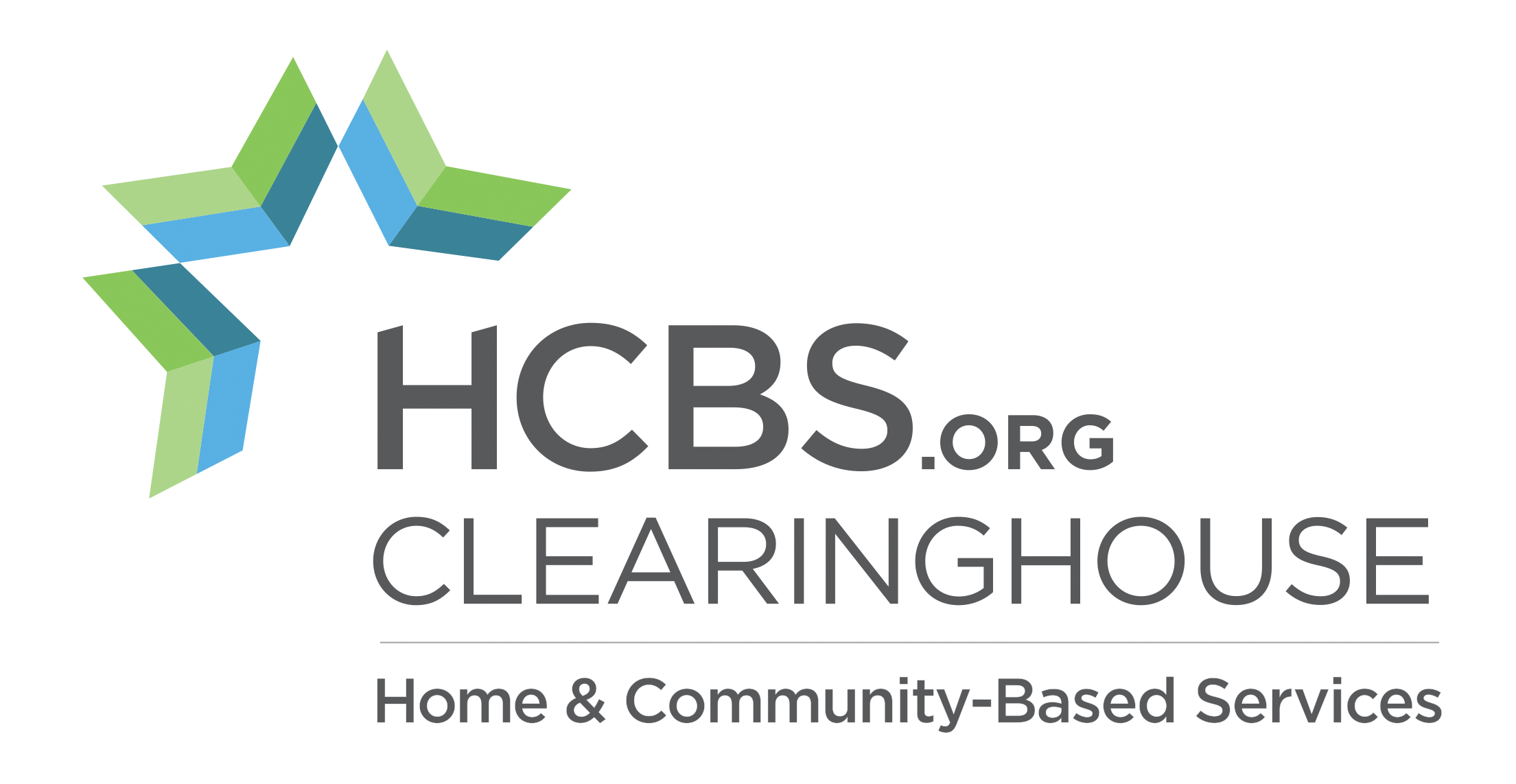
A State-by-State Snapshot of Poverty Among Seniors: Findings from Analysis of the Supplemental Poverty Measure
Article Publication Date
Summary
The Census Bureau created the supplemental poverty measure, in an effort to differently reflect cost of living and financial status from the "official" measure. Poverty rates among older adults are higher under the supplemental poverty measure (15%) than under the official poverty measure (9%). This analysis does a state-by-state comparison using both poverty measures to describe seniors living in poverty. An understanding of elder financial hardship is important for fiscal policy debate.
Populations
Sources
Programs/Initiatives
States
poverty; official poverty measure; supplemental poverty measure; modest income; state comparison; deficit reduction; social security; medicare; cost of living; medical spending; income security; cost-sharing;
Contact
Henry J. Kaiser
Family Foundation
NULL
info@kff.org

